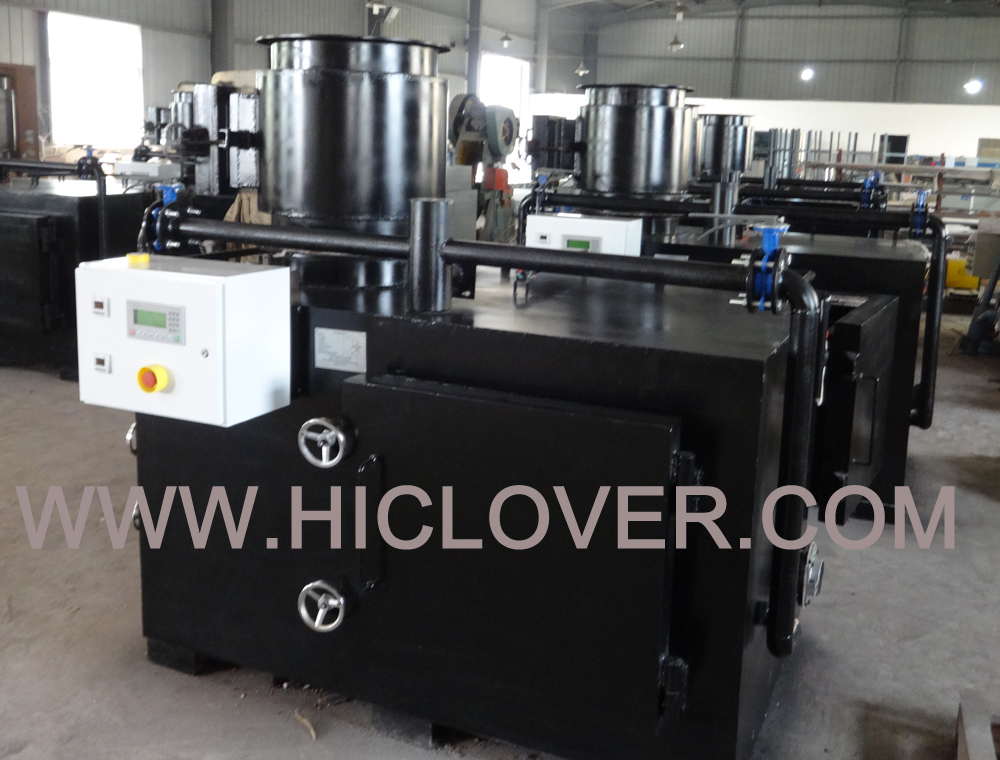Hospitals generate a significant amount of medical waste on a daily basis, including items such as used needles, syringes, dressings, and other infectious materials. Proper disposal of this waste is critical to prevent the spread of infections and protect the environment. One method of disposal that has been gaining attention in recent years is the use of brick incinerators. These incinerators are designed to safely burn medical waste at high temperatures, reducing its volume and eliminating harmful pathogens.
However, before a hospital invests in a brick incinerator for waste disposal, it is important to carefully analyze the costs and benefits of such an investment. There are several factors that need to be considered when evaluating the bottom line of this decision.
Costs:
1. Initial Expense: The first and most obvious cost of investing in a brick incinerator is the initial purchase and installation. These incinerators can be quite expensive, and hospitals will need to allocate a significant portion of their budget to acquire one.
2. Operational Expenses: In addition to the initial cost, hospitals will also need to consider the ongoing operational expenses of running a brick incinerator. This includes the cost of fuel, maintenance, and personnel needed to operate and maintain the incinerator.
3. Environmental Compliance: Hospitals must also consider the costs associated with environmental compliance. Brick incinerators must adhere to strict environmental regulations to ensure that emissions are within acceptable limits. This may require additional investments in monitoring equipment and compliance measures.
Benefits:
1. Volume Reduction: One of the key benefits of a brick incinerator is the significant reduction in waste volume. Medical waste is often bulky and takes up a lot of space, but incineration reduces it to a fraction of its original size, making it easier to handle and dispose of.
2. Pathogen Elimination: Incineration is an effective method for destroying harmful pathogens, reducing the risk of infections spreading to hospital staff, patients, and the community.
3. Energy Recovery: Some brick incinerators have the capability to recover energy from the burning process, which can be used to offset some of the operational costs or provide additional benefits to the hospital.
4. Reduced Environmental Impact: When properly operated and maintained, brick incinerators can have a lower environmental impact compared to other disposal methods, such as landfilling, by reducing the amount of waste that needs to be transported and stored.
Ultimately, the decision to invest in a brick incinerator for hospital waste disposal is a complex one that involves weighing the costs against the potential benefits. Additionally, hospitals must be mindful of their environmental impact and the potential risks associated with incineration. It is important for hospitals to thoroughly research and consider all factors before making a decision. Consulting with waste management experts and environmental professionals can help hospitals make an informed decision that is in the best interest of their patients, staff, and the environment.



